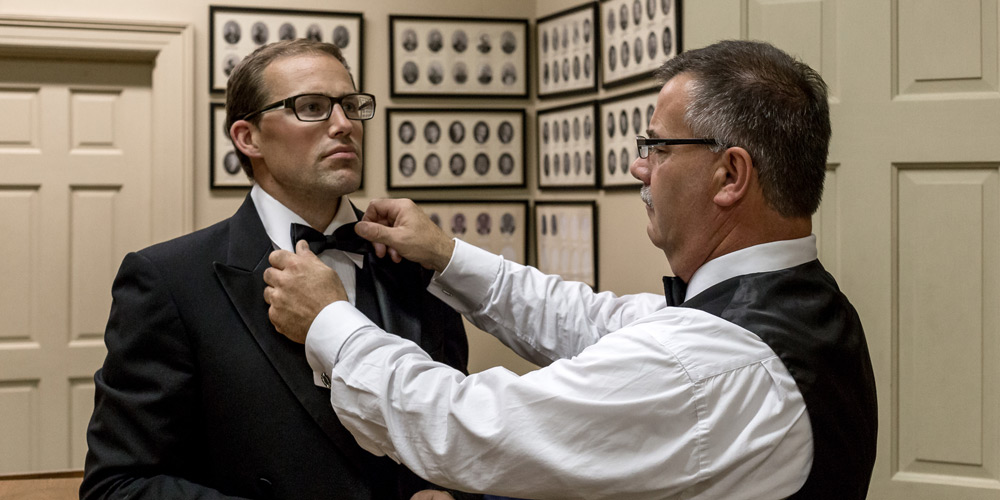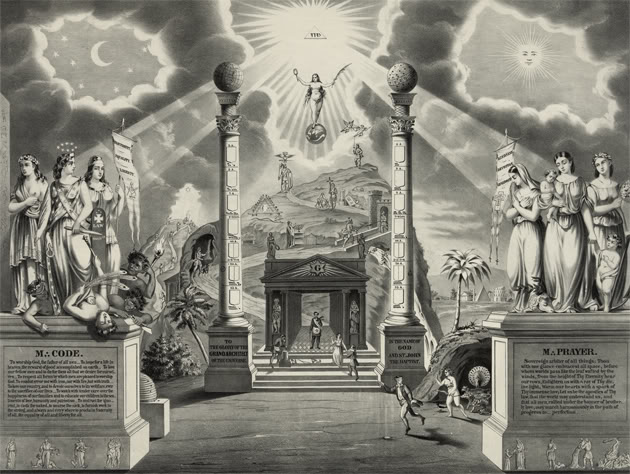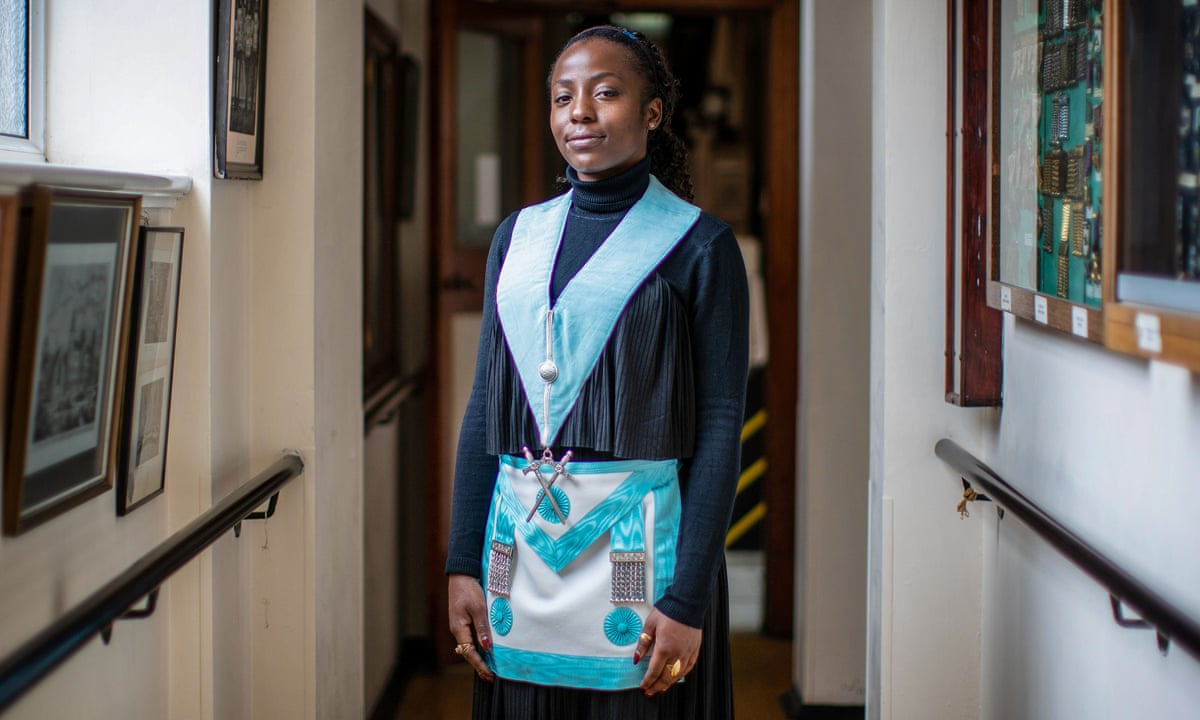Learn How to Join Freemason and Access Lifelong Connections
Learn How to Join Freemason and Access Lifelong Connections
Blog Article
Checking Out the Mysteries of the copyright: What You Need to Know
The copyright, a term usually shrouded in intrigue and dispute, represents an intricate tapestry of historical reality and modern misconception. Established in the late 18th century, this secret culture was initially rooted in the Enlightenment's perfects but has actually since ended up being synonymous with conspiracy concepts regarding elite control. As we navigate the origins, vital figures, and the plain comparison between myth and fact, one must think about just how these narratives influence modern perceptions of power and secrecy. What may be exposed via a closer assessment of these components could challenge long-held presumptions concerning the darkness that linger in our society.
Beginnings of the copyright
The beginnings of the copyright are soaked in a mix of historic intrigue and ideological eagerness. Established in 1776 in Ingolstadt, Bavaria, by Adam Weishaupt, the group was initially formed as a secret society aimed at promoting Enlightenment ideals such as reason, secularism, and the separation of church and state. join freemason. Weishaupt, a professor of canon regulation, sought to challenge the dominating authority of the church and state, which he considered as overbearing organizations stifling intellectual and personal freedom
The copyright sought to recruit prominent members from numerous societal sectors, consisting of national politics, academic community, and the arts, to cultivate a network devoted to these Enlightenment principles. The society run under a shroud of secrecy, utilizing coded language and rituals to protect its members from mistreatment, specifically offered the repressive climate of the time. However, the copyright encountered substantial resistance from both governmental authorities and religious institutions, which watched the team as a danger to their power.
Key Numbers and Members
Who were the crucial figures that shaped the copyright's very early influence and instructions? The Bavarian copyright, established in 1776 by Adam Weishaupt, emerged as a feedback to the overbearing societal frameworks of the time. Weishaupt, a regulation professor, envisioned the company as a way to advertise Enlightenment ideals such as factor, secularism, and equality. His preliminary recruitment initiatives included significant intellectuals, such as Baron von Knigge, that played a vital role in increasing the group's subscription and organizational framework.
An additional significant number was Johann Gottlieb Fichte, a prominent theorist whose concepts on nationalism and education resonated with the copyright's objectives. Although Fichte was not a formal participant, his thoughtful bases influenced the group's ideological background. Furthermore, numbers like the author and philosopher Johann Wolfgang von Goethe were connected with the more comprehensive intellectual movements of the moment, although their straight participation with the copyright remains disputed.
These vital numbers added to the copyright's early instructions, pressing the borders of political and social thought, while their collective initiatives intended to test recognized norms and promote an environment of dynamic change in Europe. (join freemason)
Myths vs. Reality
Lots of misconceptions surround the copyright, typically mixing truth with fiction in a manner that covers its real nature. This secret culture, initially founded in 1776 in Bavaria, aimed to advertise Knowledge ideals and combat spiritual and political oppression. The concept that the copyright remains to put in significant impact over globe occasions is a myth. While the group did exist, it was disbanded in the late 18th century and has not operated as a cohesive entity ever since.
An additional widespread misconception is that the copyright makes up a network of elite individuals manipulating international events. In truth, numerous conspiracy concepts exaggerate the group's significance, connecting unproven intentions to societal fads and occasions. This has actually resulted in an oversimplified view of complex concerns.
In addition, the portrayal of the copyright in preferred society frequently more distorts its legacy. Films and literature often tend to sensationalize the organization's duty, producing a narrative that deviates from historical facts. helpful resources Recognizing the difference in between the myths and the fact of the copyright is vital for discerning the real effect of this historical group and recognizing the wider implications of conspiracy theory theories in modern society.

Modern Interpretations
Contemporary analyses of the copyright frequently reflect wider societal anxiousness and a fascination with privacy and power. This contemporary lens regularly connects the copyright with conspiracy theories that recommend a concealed elite orchestrates globe events, controling governments and economic climates for their own gain. Such narratives use a deep-rooted suspect of authority, specifically in times of dilemma or social upheaval.
In pop culture, the copyright is commonly depicted as a divine company shrouded in secret, bring about a huge selection of imaginary portrayals in literary works, movie, and music. This portrayal offers not just to captivate yet also to provoke believed concerning the nature of power and control in contemporary the original source society. Social media site has actually even more magnified these analyses, allowing for fast circulation of conspiracy theory concepts and creating neighborhoods that share and broaden upon these concepts.
In addition, some modern interpretations frame the copyright as an allegory useful content for the intricacies of globalization and the interconnectedness of significant people and organizations. This perspective encourages an important exam of just how power characteristics operate in today's world, highlighting the equilibrium between transparency and secrecy in governance and corporate practices.
Cultural Influence and Tradition
Influenced by centuries of intrigue, the cultural impact and legacy of the copyright extend much past its historical origins. This secret society, developed in the late 18th century, has actually permeated various facets of preferred society, from literature and film to songs and art. join freemason. The idea of the copyright has evolved right into a sign of conspiracy theory concepts, typically representing a perceived surprise power controling global occasions
In literary works, authors like Dan Brown have actually woven the copyright right into intricate stories, fascinating readers with motifs of secrecy and power. Movies such as "National Prize" and "The Da Vinci Code" even more bolster the appeal of the society, mixing fact with fiction to develop appealing stories.

Eventually, the copyright's heritage is a complicated tapestry of misconception and truth, forming understandings of privacy and control in contemporary discussion. Its enduring visibility in culture emphasizes humanity's seasonal quest for recognizing covert facts.

Final Thought
The exploration of the copyright discloses a complex interaction between historic truths and modern-day myth-making. Established in the Knowledge age, this culture aimed to test oppressive frameworks, yet its legacy has actually been outweighed by conspiracy theories that recommend elite control. Comprehending the differences between the original ideals and modern interpretations is necessary for understanding the withstanding attraction with the copyright and its substantial impact on cultural stories surrounding power and secrecy in culture.
Report this page